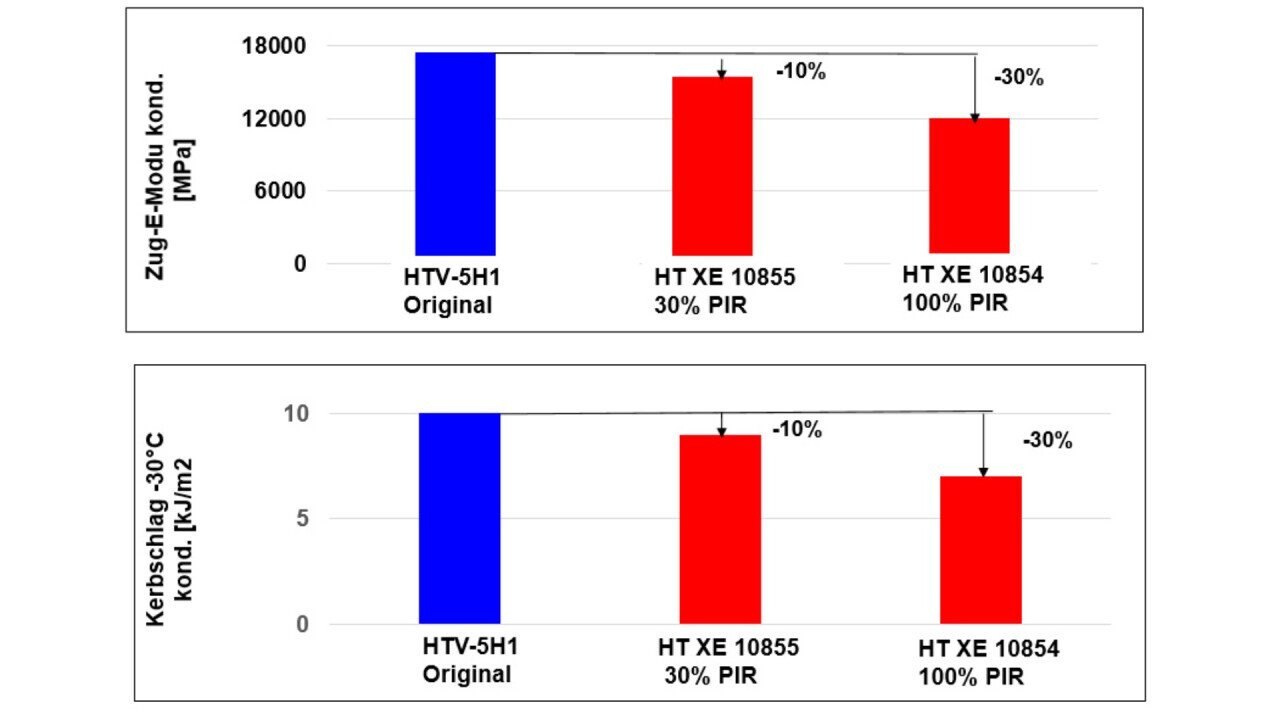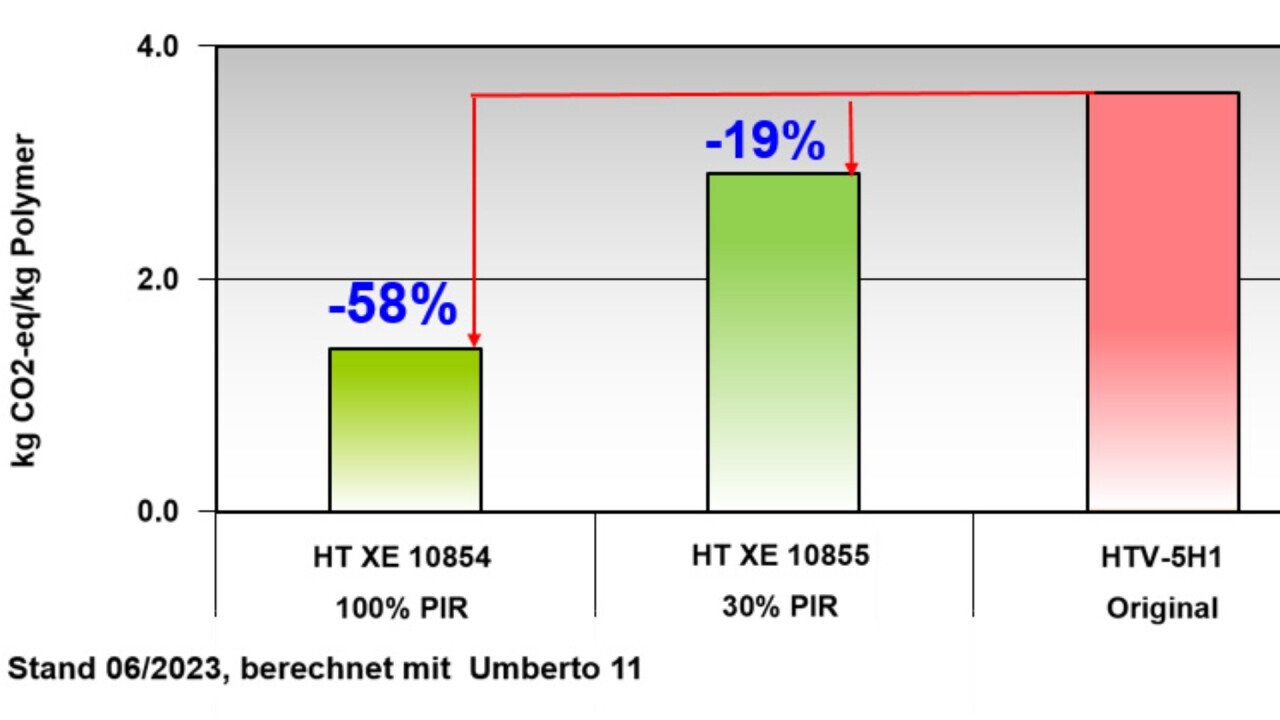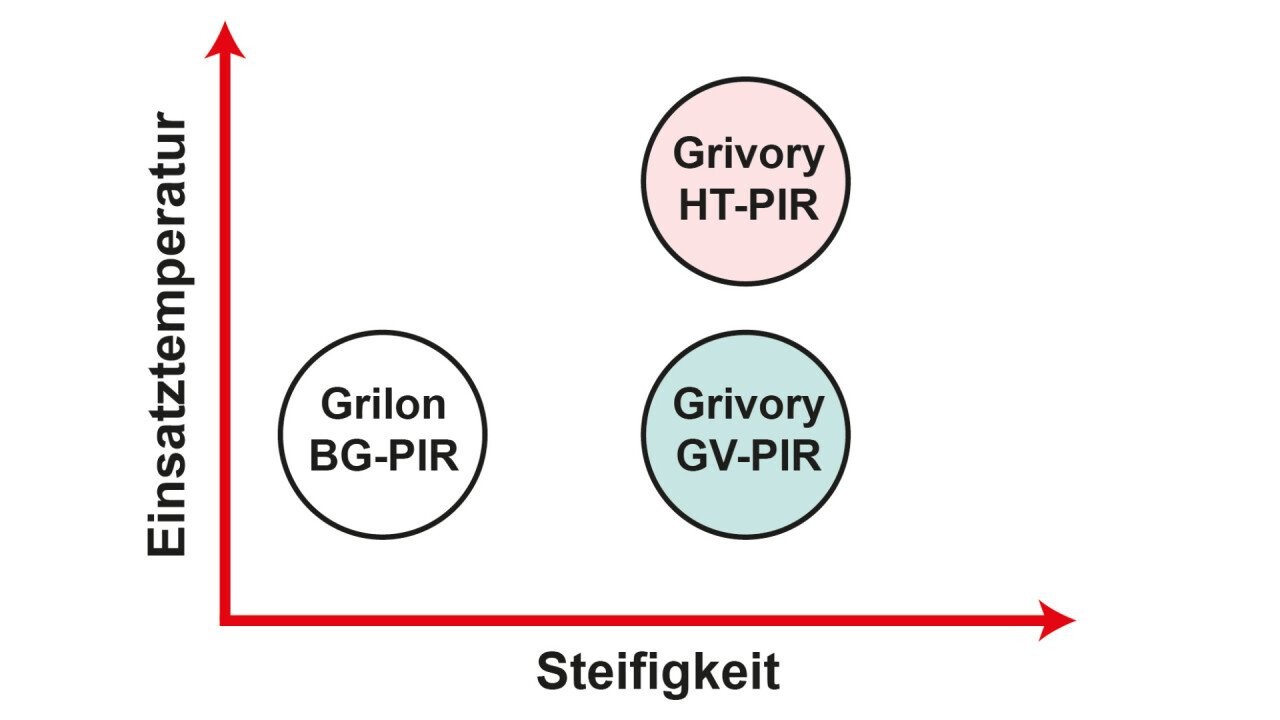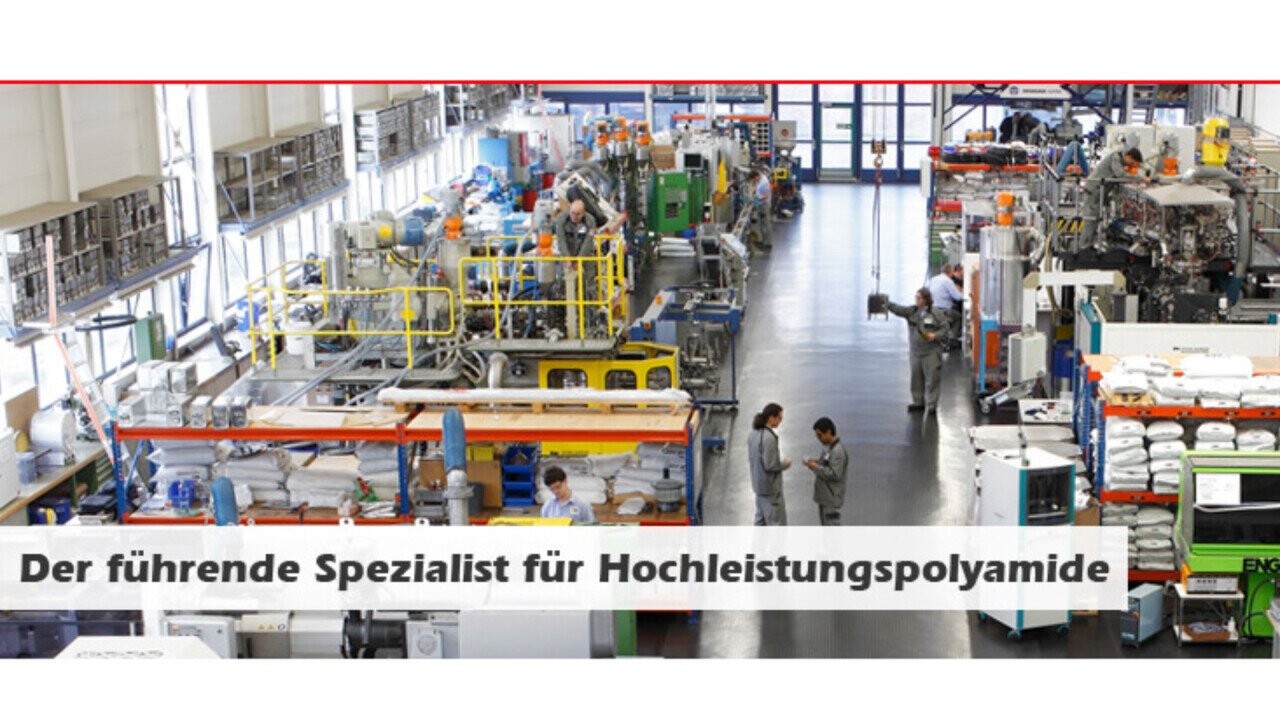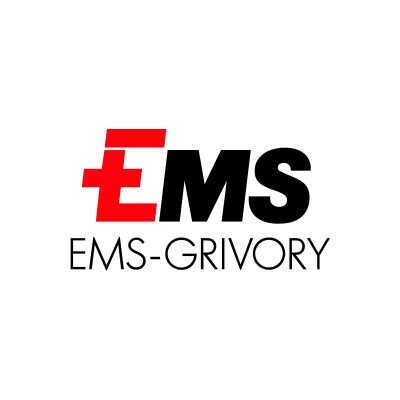EMS focuses on an integral sustainability strategy
The integral sustainability strategy chosen by EMS includes the use of environmentally friend-ly energy sources in production, such as hydropower and biomass, the development of inno-vative materials and the provision of sustainable polymers to its customers.
Using EMS polymers instead of metals allows energy savings in production of the components to be achieved and, most importantly, the components are lighter in weight. This makes it possible to build lighter vehicles with lower energy consumption to operate them. Components for the industrial sector, such as water meters made of Grivory HT instead of brass, are also lighter and require less energy to transport from the production site to the point of use.
Already in 2005, EMS commissioned a biomass power plant at its largest production site in Domat/Ems, Switzerland, thus reducing CO2 emissions by more than 80%. Since 2020, the electricity supply at the Swiss and German production and sales locations has been provided 100% from CO2-neutral hydro-electricity. Through additional measures, EMS has been producing CO2-free worldwide since July 1, 2020.
Innovative, weight-reducing total solutions from EMS enable EMS customers to reduce annual CO2 emissions by 64,800 tons per year. This includes energy savings in the manufacture of components from EMS polymers instead of metals.
In the area of material development, EMS-GRIVORY is focusing its sustainability efforts on materials made from renewable raw materials and post-industrial recyclate (PIR). The EMS GreenLine products Grilamid 1S/2S, Grilamid BTR and Grivory HT3 are produced from monomers based on castor oil. The biocarbon content of these materials varies between just under 50% and 99%, depending on the type of modification. Compared to polymers with petroleum-based monomers, these products have a better CO2 balance.
EMS-GRIVORY now offers Grivory HT, Grivory GV and Grilon BG grades with post-industrial recycled content (PIR). The recyclate content varies between 20 and 100% depending on the grade. These high-quality EMS recyclate with a PIR content of up to 30% have virtually the same physical properties as the standard products, allowing production of heavy-duty components for the automotive, electrical and electronics industries, as well as in numerous other industrial sectors. With recyclate content, some properties values decrease. Grivory HT XE 10854 with a recycled content of 100%, for example, has physical properties that are only 30% lower than those of the original. These grades are suitable e.g. for heavy-duty fixing and assembly elements in building construction or for robust components subjected to under short-term loads.
Fig. 1: Properties of Grivory HT-PIR compared to the original products.
All EMS recyclate grades have in common their contribution towards reduction of the CO2 balance. Fig. 2: Reduction in CO2 balance achieved with Grivory HT-PIR. Fig. 3: Positioning of the EMS PIR polymer families.
EMS-GRIVORY's application development department supports customers in the development of new applications from the idea right up to serial production. Services provided include support in the concept phase, feasibility and profitability studies, recommendations for optimal materials, individual comparative studies, support in component and tool design, process optimization and development of processing and downstream processes.
EMS-GRIVORY is a Business Unit of the EMS Group. EMS-GRIVORY is the leading specialist for high-performance polymers and creates solutions in cooperation with customers.
